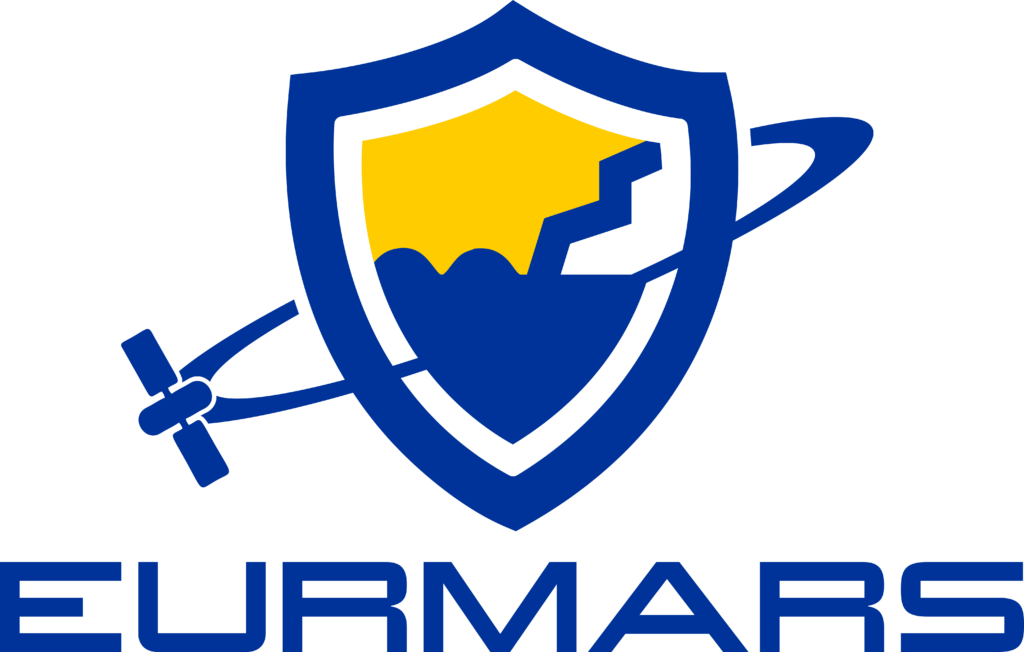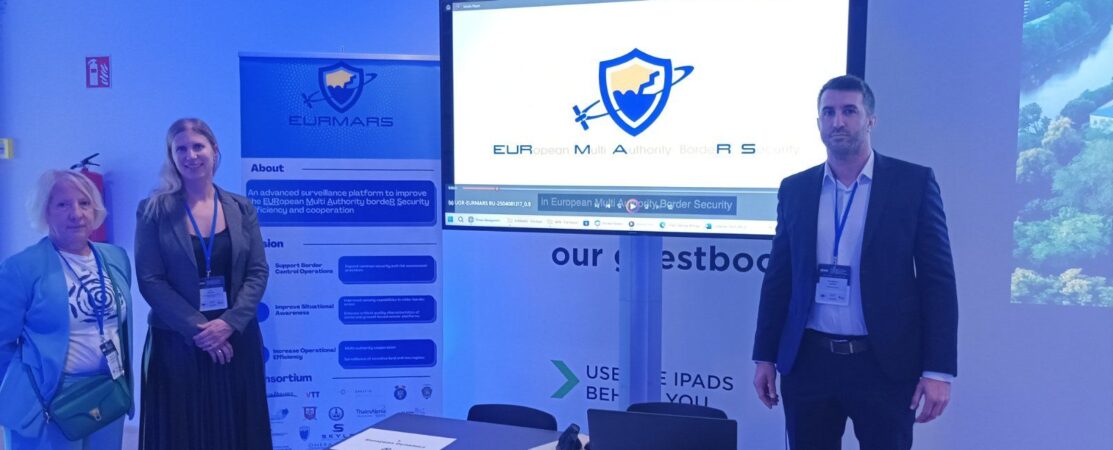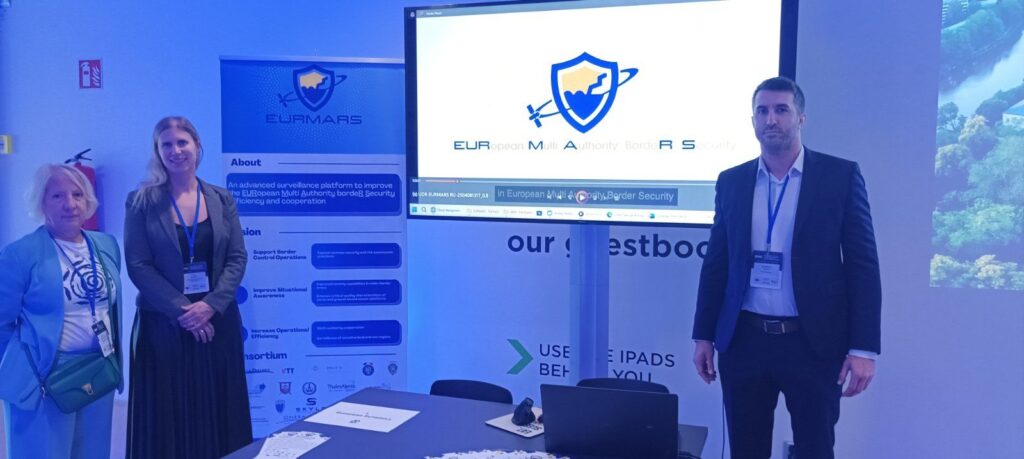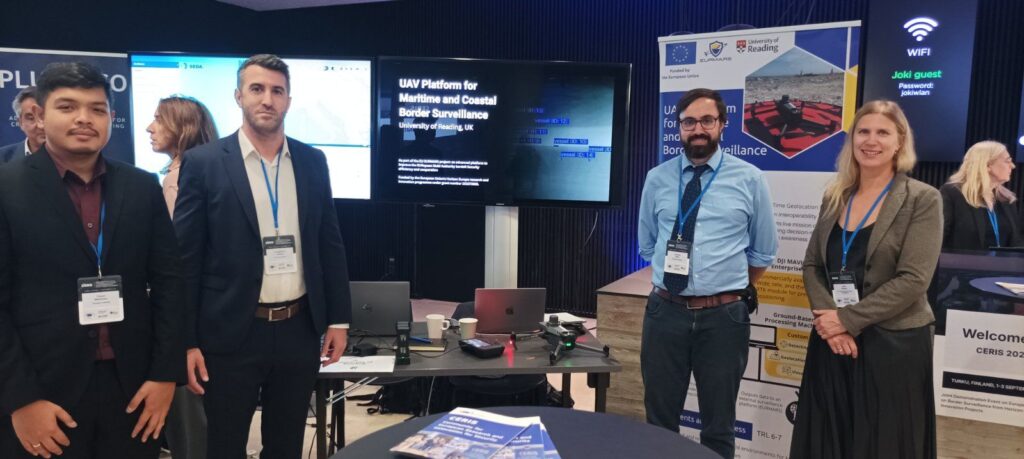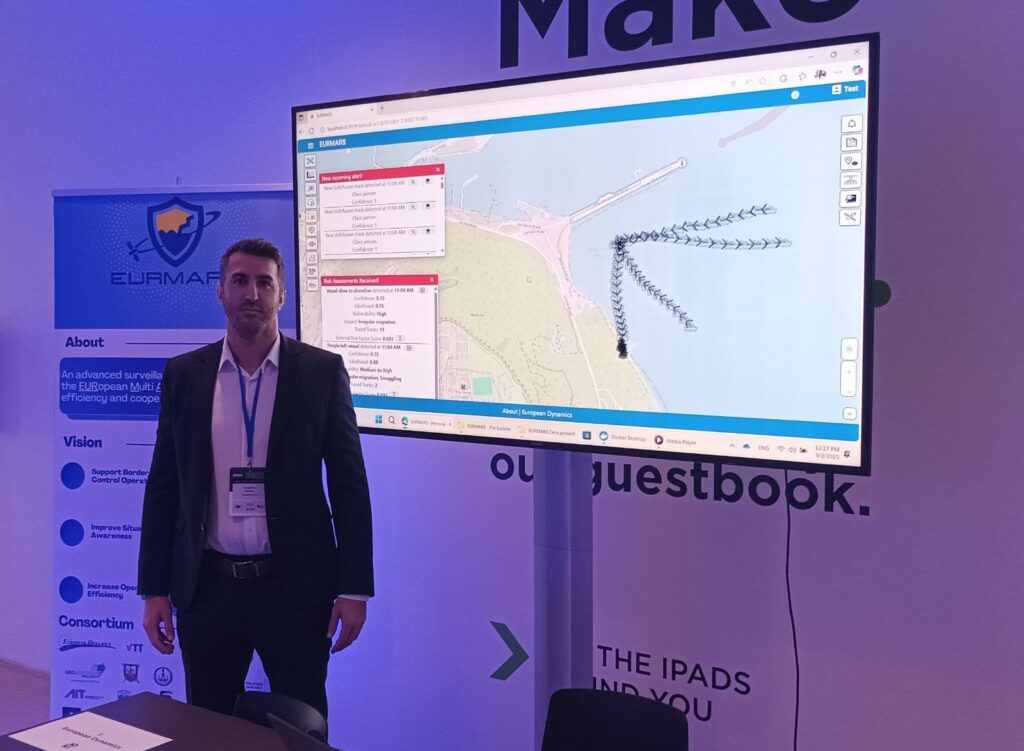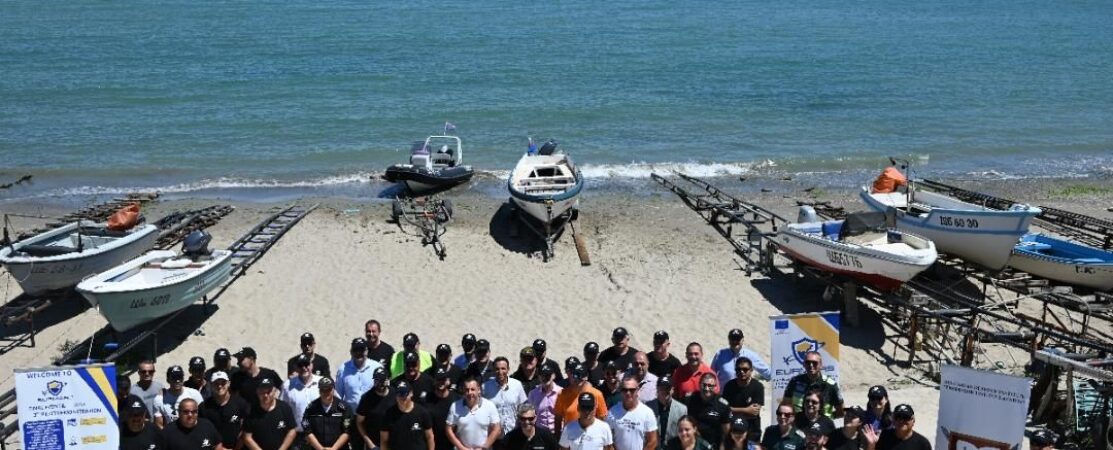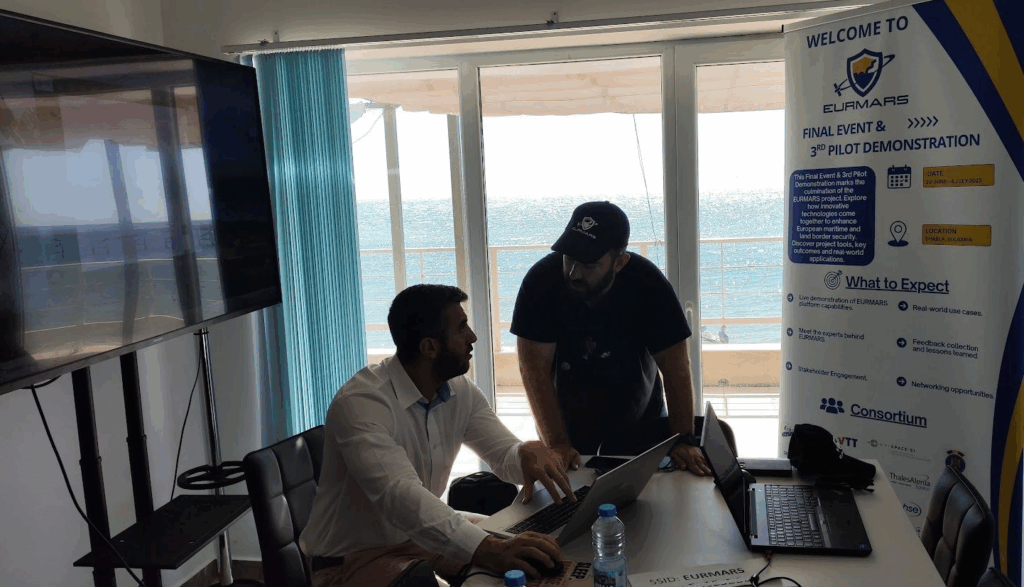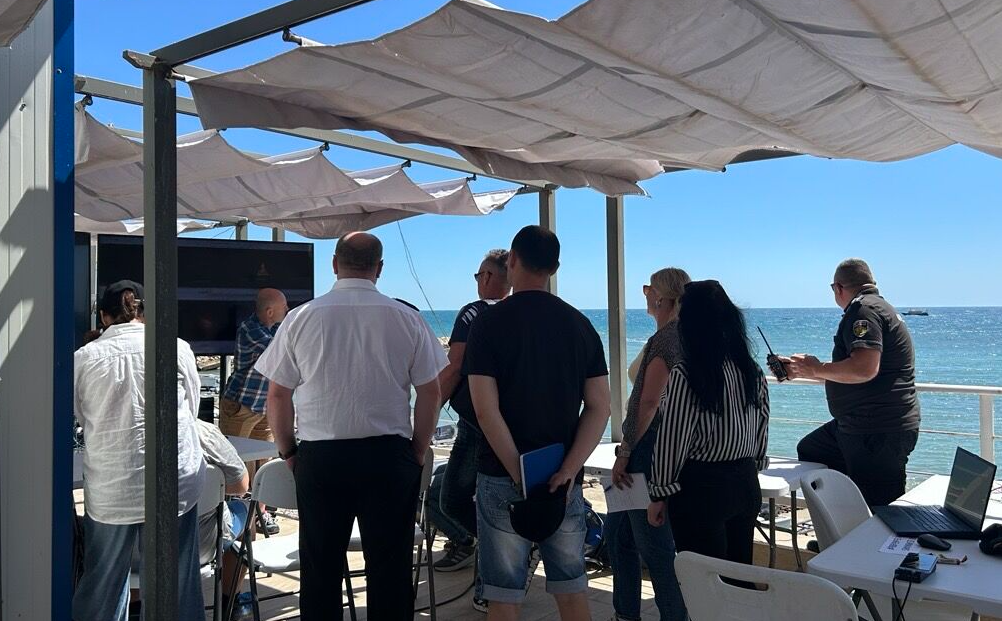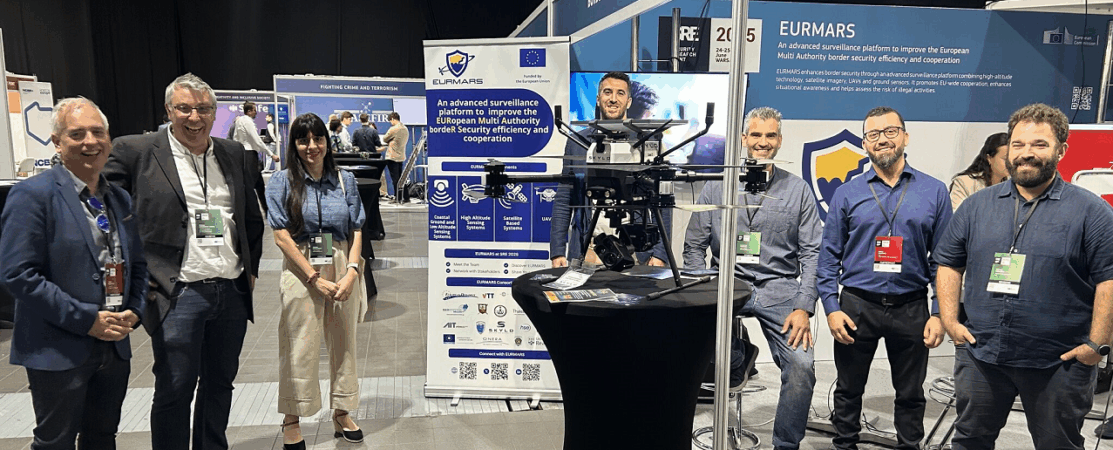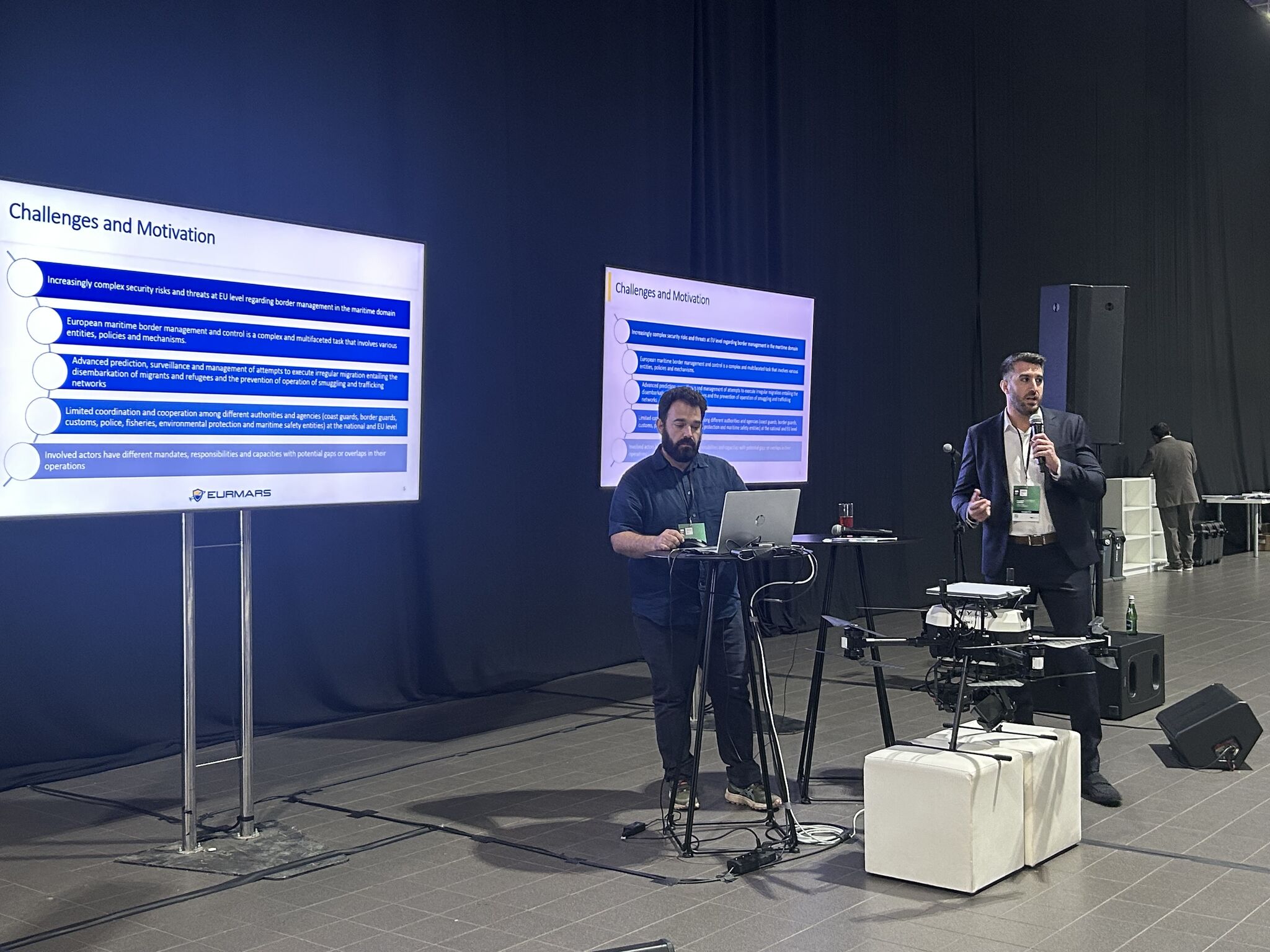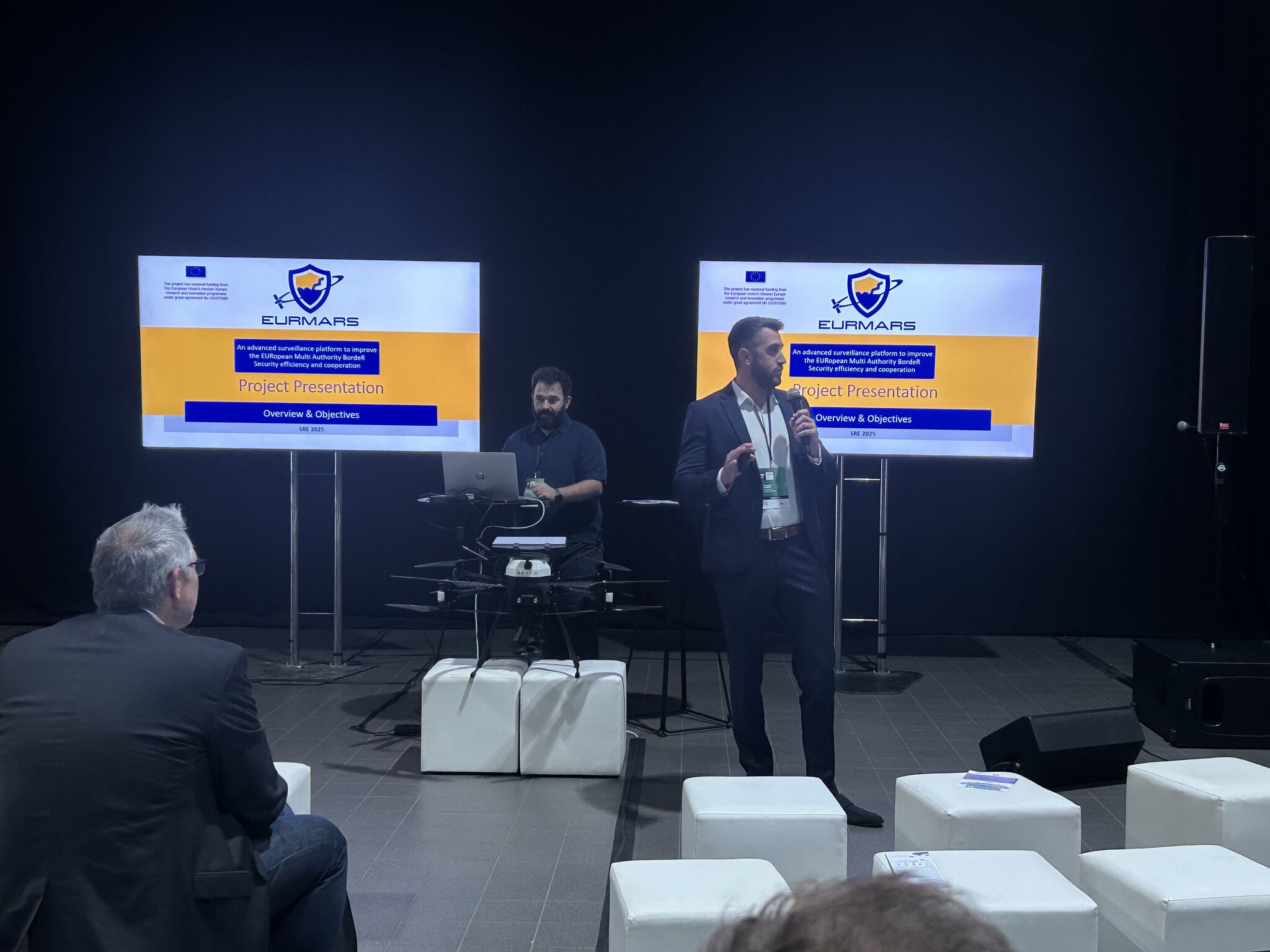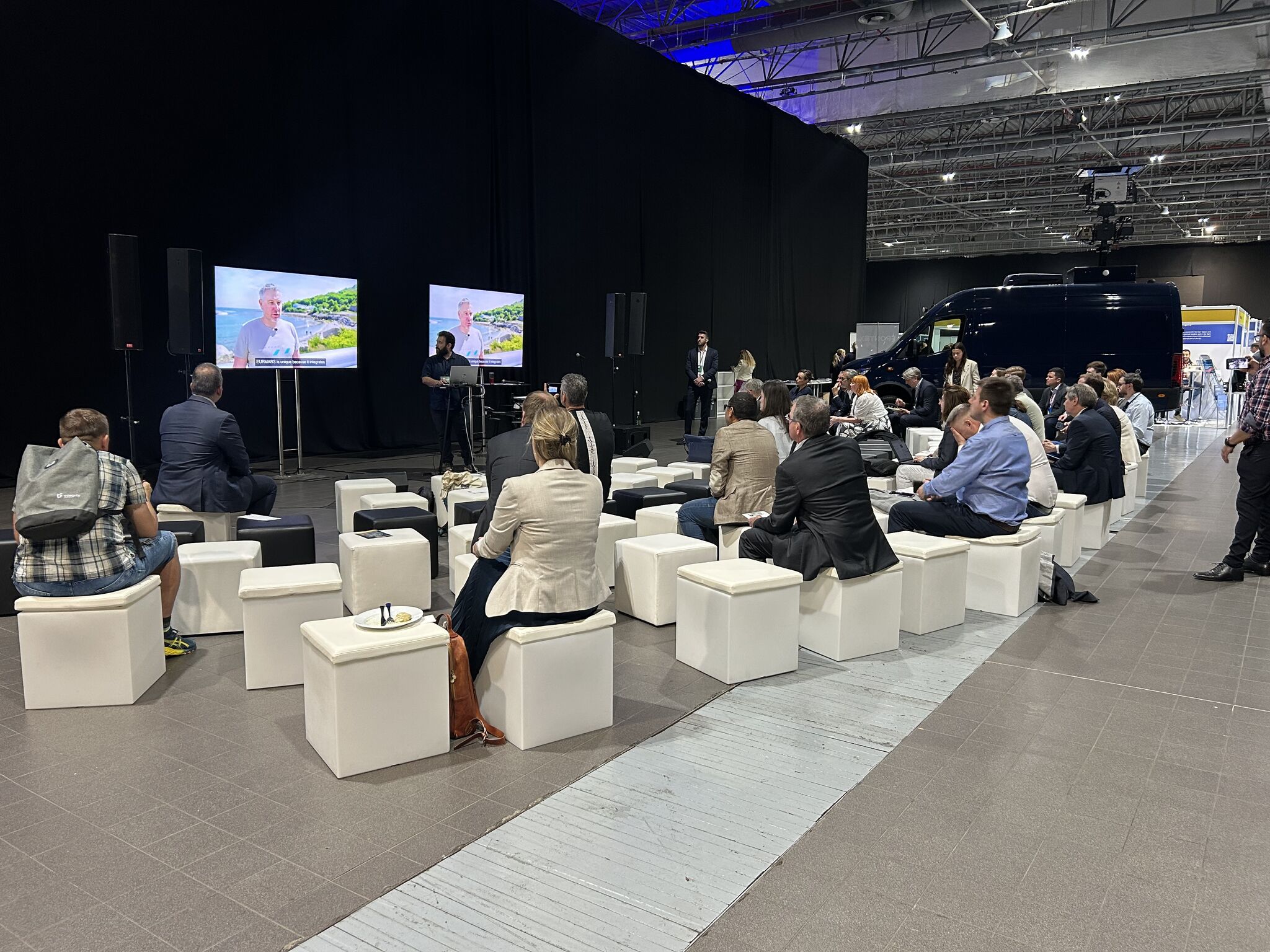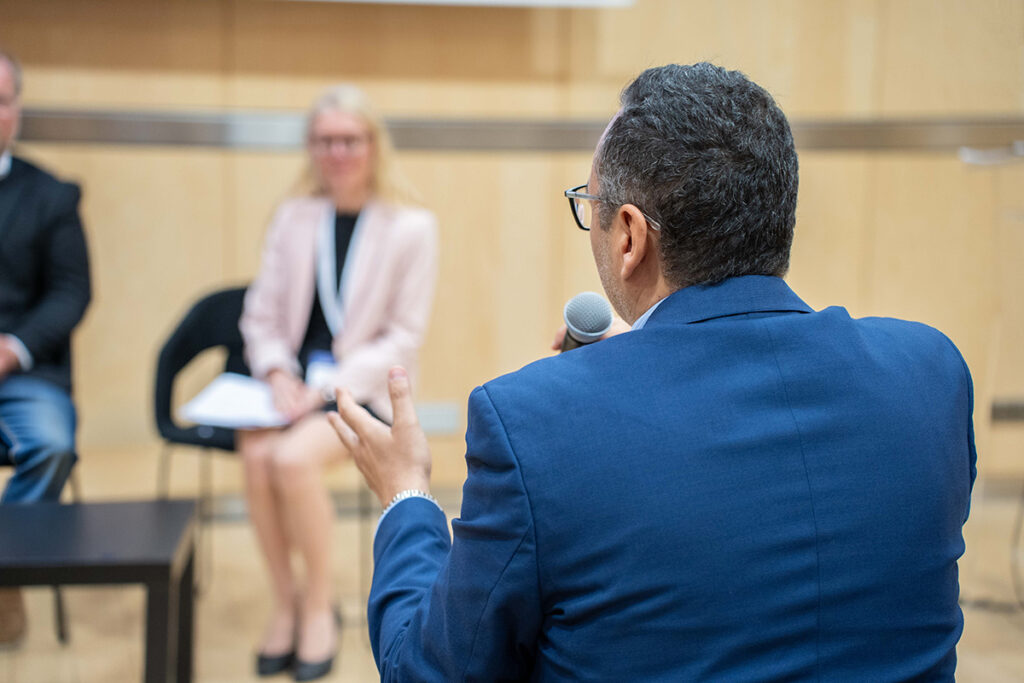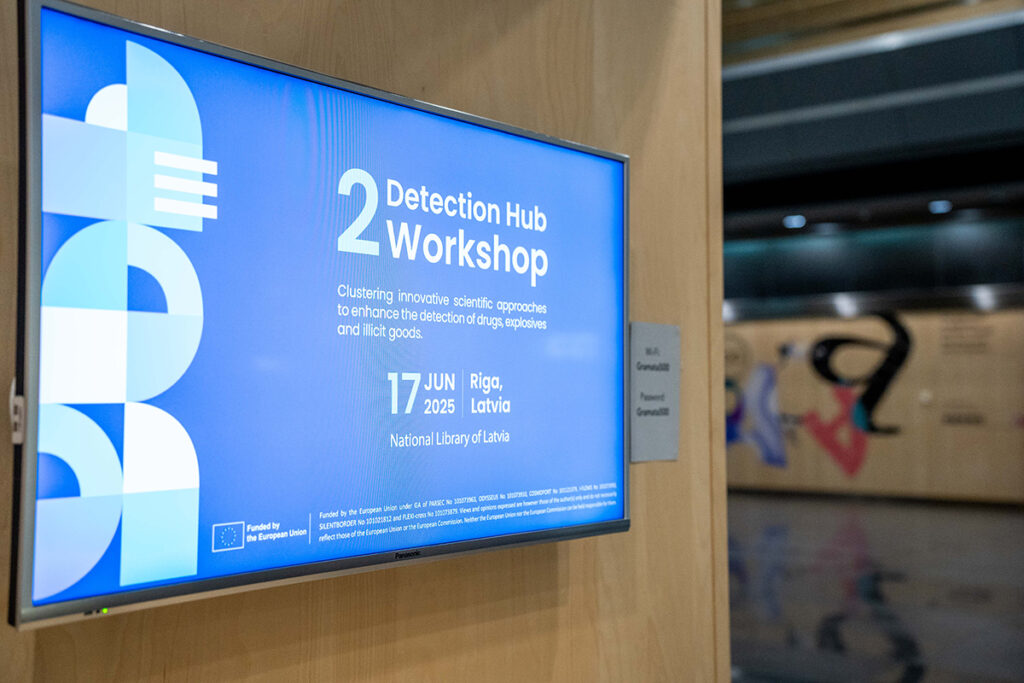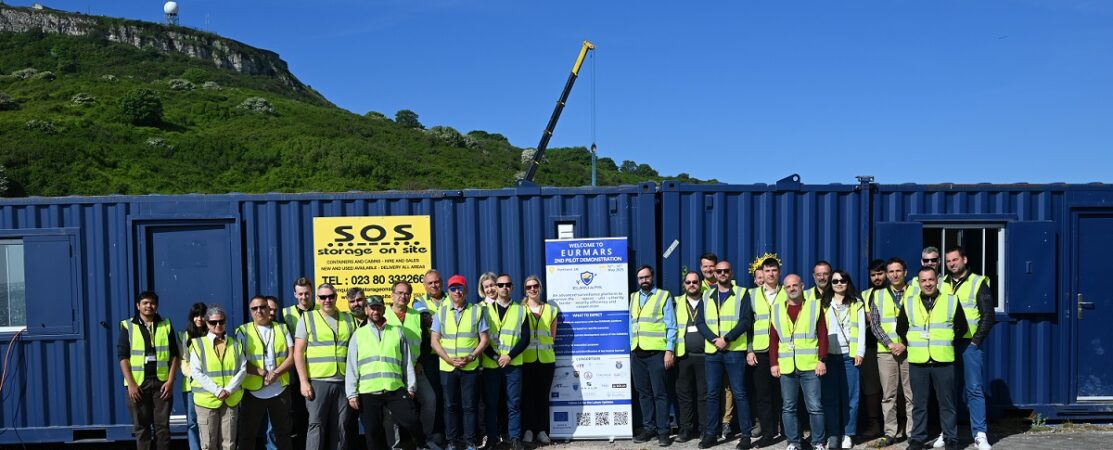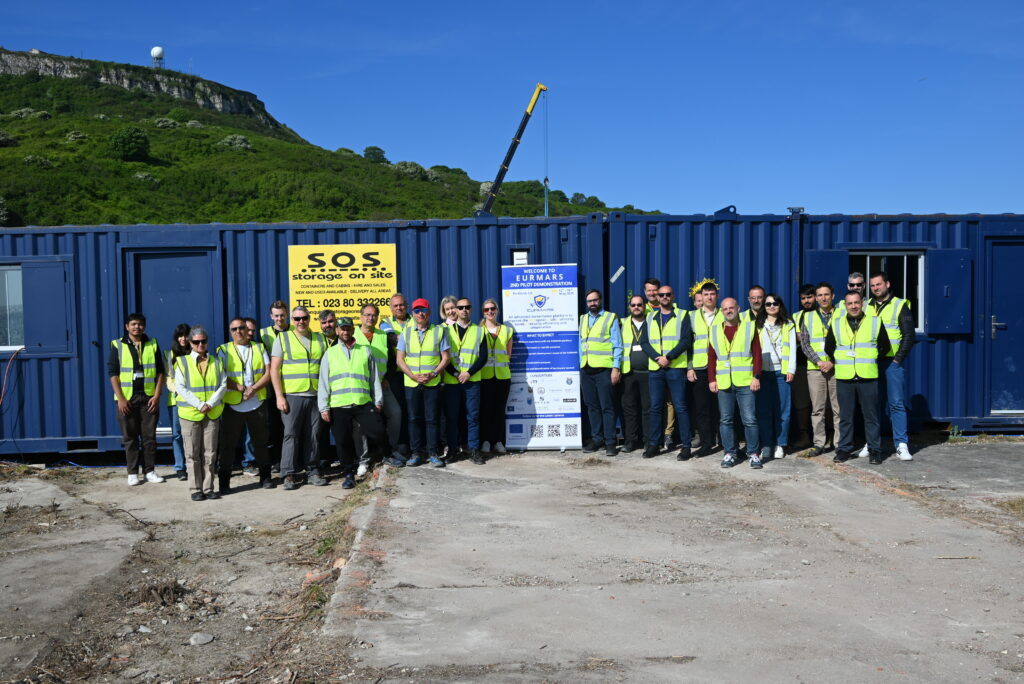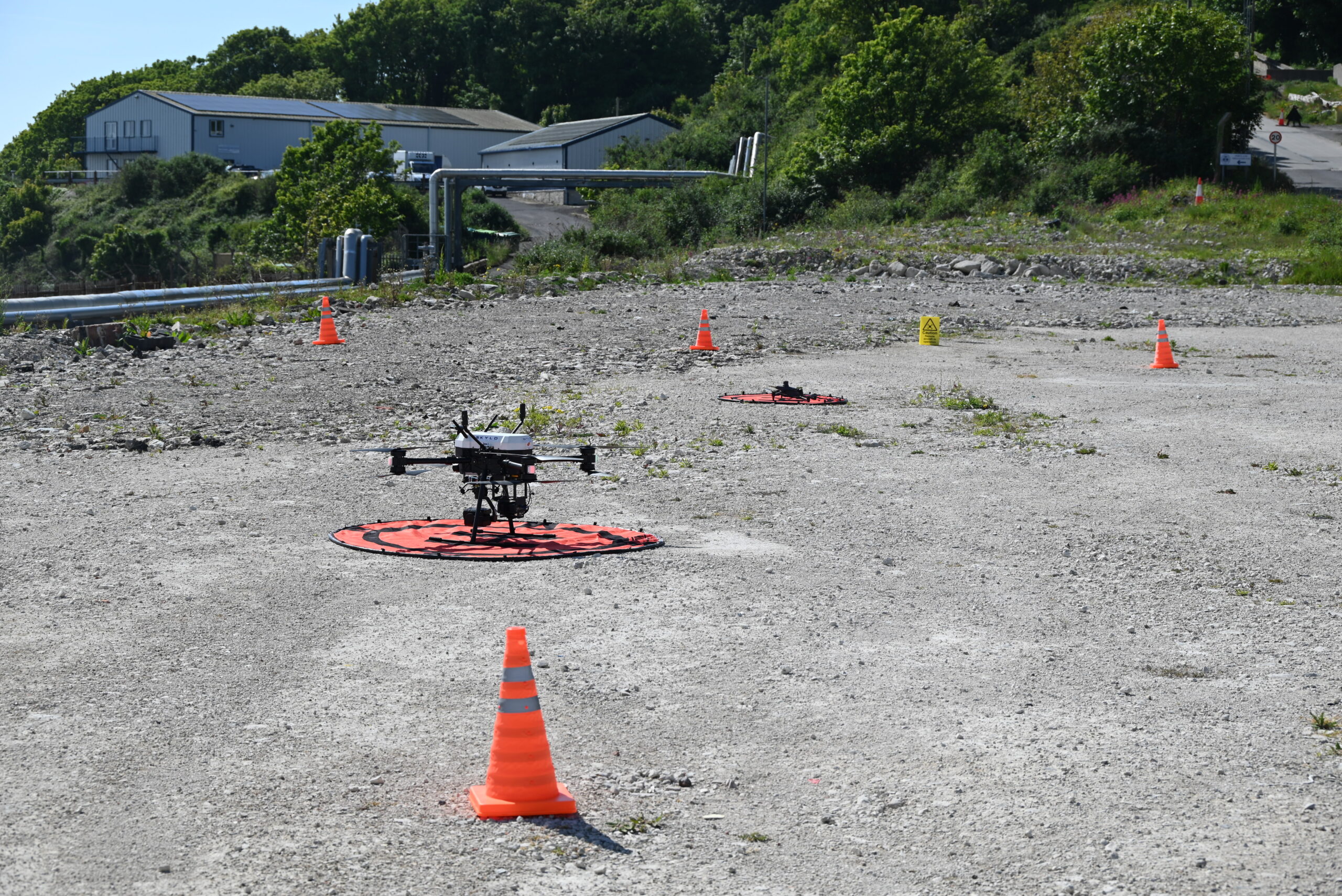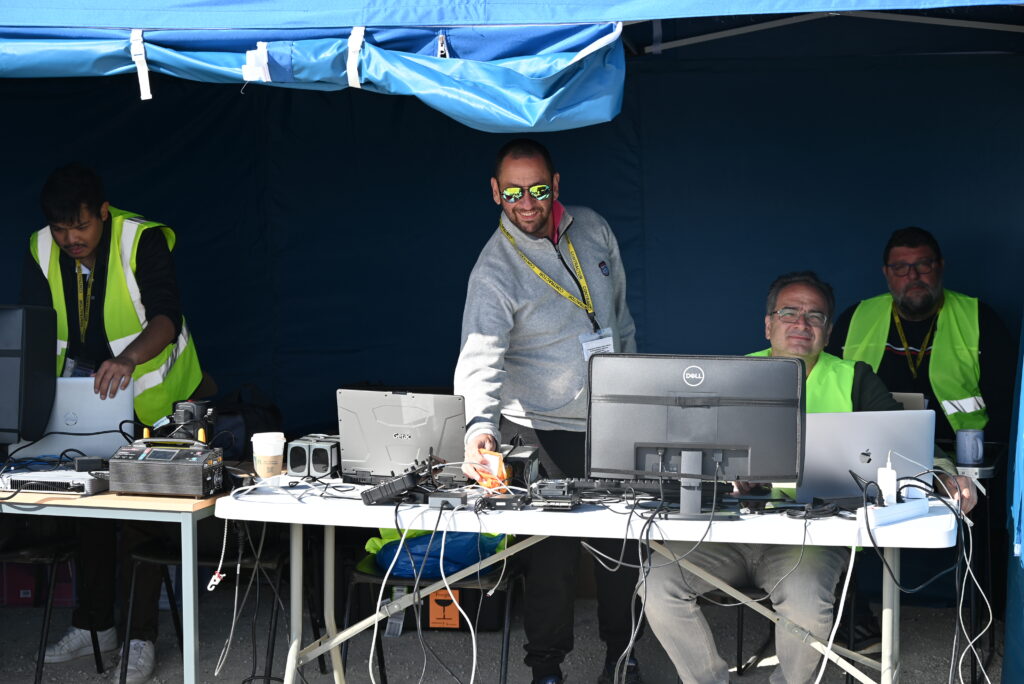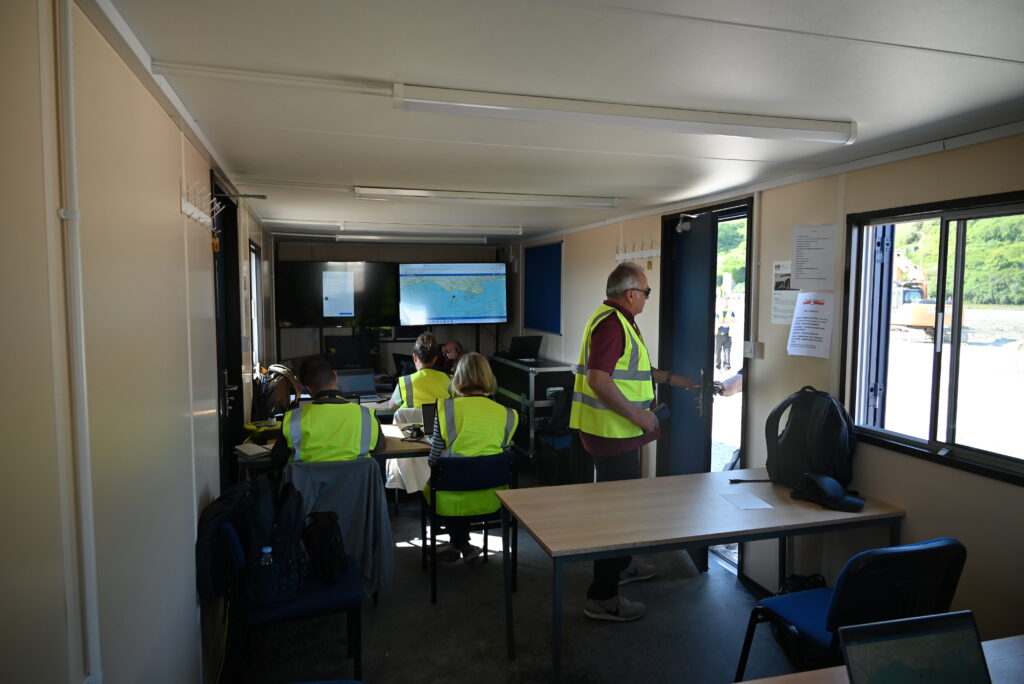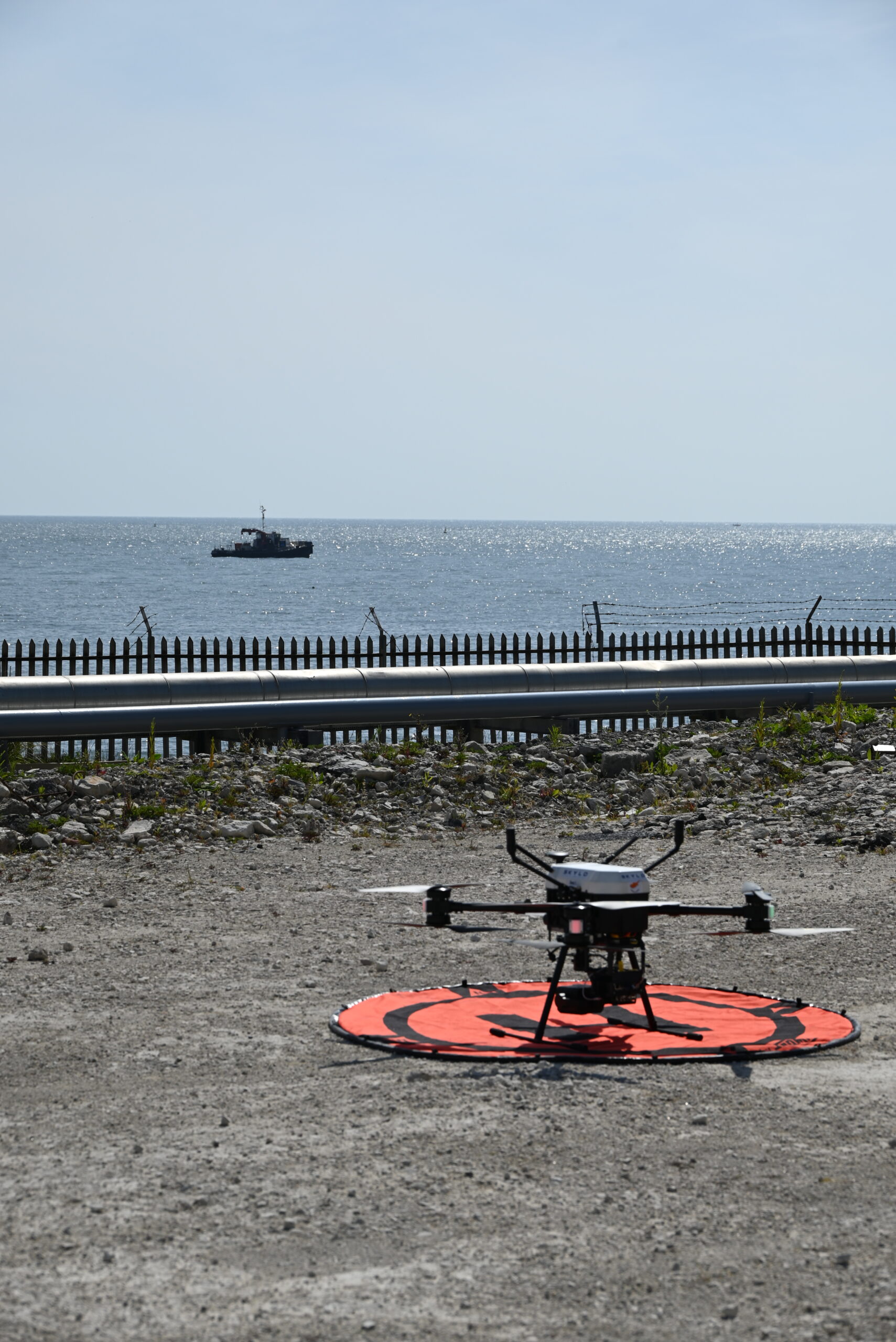Written by george.armagos on 7 July 2025.
Posted in News.
The EURMARS Project marked a major milestone with the successful completion of its Final Event and 3rd Pilot Demonstration, held in Shabla, Bulgaria, from 30 June to 4 July 2025. The event showcased the project’s integrated surveillance platform in a real operational setting, bringing together technology partners, end-users and security experts from across Europe.
A Convergence of Innovation and Cooperation
Over several days, the EURMARS consortium demonstrated how cutting-edge technologies can enhance European border surveillance and maritime security. The live demonstrations featured the integration of satellite imagery, unmanned aerial vehicles (UAVs), coastal sensors and AI-driven analytics, offering participants a comprehensive view of the platform’s capabilities in real-time monitoring and decision support. The event began with equipment setup, system integration and calibration activities led by the project’s technical partners, followed by test runs to ensure smooth coordination during the main demonstration days. Researchers, engineers and operational authorities worked side by side to validate the system’s performance and interoperability embodying the project’s spirit of cross-border collaboration and innovation.
Showcasing Next-Generation Maritime Surveillance
The live scenarios replicated real maritime operations, including search-and-rescue missions, vessel detection and multi-authority coordination. These tests demonstrated how EURMARS technologies can facilitate data sharing and improve situational awareness among law-enforcement, border-control and defense entities at both national and European levels. The choice of Shabla as a testing site was strategic: located on Bulgaria’s Black Sea coast, it provided ideal conditions for real-world maritime trials. The event was organised in close cooperation with the Municipality of Shabla, which provided essential support to the consortium and participants throughout the week.
Three Bulgarian institutions played a central role:
- The “N. Y. Vaptsarov” Naval Academy, bringing expertise in naval operations and personnel training.
- The Defence Institute “Professor Tsvetan Lazarov”, contributing its research and development experience in defense technologies.
- The General Directorate “Border Police” of the Ministry of Interior, providing operational know-how in border control and security.
Together, these institutions ensured that the demonstrations reflected authentic operational conditions and end-user requirements.
Collaboration Across Europe
Participants included 18 partners from 13 countries, representing research organisations, SMEs, industry and public authorities. The event drew attendance from end-users, policymakers and Horizon Europe representatives, underlining the value of European cooperation in security research.
A Step Toward Operational Adoption
The successful execution of the demonstrations represents a significant step toward integrating EURMARS technologies into the daily practices of European border and maritime authorities. The tested solutions and validated frameworks will inform future research, operational adoption and potential market deployment helping shape a safer, smarter and more connected Europe.
Partner Voices and Event Highlights
During the Final Event, EURMARS partners also took part in a series of on-site video interviews, sharing their experiences, insights and reflections on the project’s three-year journey. These interviews capture the collaborative effort behind EURMARS. Watch the full project video and partner interviews here.
Acknowledgements
The EURMARS Project extends its appreciation to all participants, end-users and supporting institutions who made this event a success.
Photo Gallery
For the official press release about the Final Event and demonstration, read the full article here
